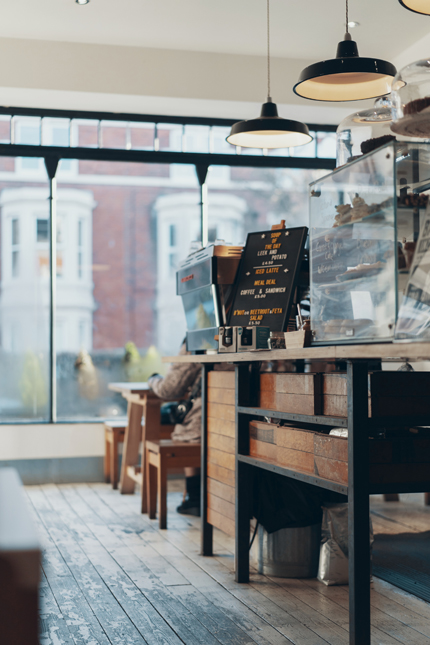
One challenge frequent travelers have to deal with is figuring out how they'll eat while they're on a trip. Whether they're away on a family vacation or a work trip, at some point they'll need to eat and head out to their next stop. It's something that's easier to solve while out in a city that could have a fast food joint right around the corner, but then there are the moments where fast food doesn't work. Guests might realize they've become hungry once it's late at night and they've already settled into their room.
Hotels are always looking for the next innovative way they can meet the needs of their guests, which includes thinking about how time-pressed travelers need to eat. To give their guests the best experience possible, hotels are transforming their dining options to bring them into the 21st-century world of schedules crunched for time. Read on to learn more about what techniques they're using so guests don't have to sacrifice meals to stay on time.
Meal Sizing Has Changed
When a hotel has a dining area, it's usually meant as an area to sit down and relax. While many hotels offer full meals, that's not helpful to guests who need something to grab and go. To find the middle ground between a coffee shop and a restaurant, hotels are adjusting the size of the meals they serve.
If a regular hotel menu served a 10-ounce steak with a side salad, they could reduce that option to a six-ounce steak with a soup bowl to go. That way, it's easier for people to carry out to wherever they're going, and even eat in the car if they have to. This convenience allows the kitchen to stock and prep the usual kinds of foods, while still giving guests another option for dining.
Adjusting the size of meals also opens up hotel dining to those busy guests who don't have a big budget for their food. They'll be able to get something hearty for a more cost-effective price, without having to sacrifice their time by going down the street to the nearest takeout store. For just a bit of extra effort in the kitchen to downsize some of the food prep, more guests will enjoy the meal they're looking for even on their busiest days.
Server Signaling Is Easier
If everything goes right during a dining experience, a customer should be out of their seat in just under an hour. That means hotel guests must strategize how they're going to find time to eat if they're unable to order delivery to where they are when they want a meal. It's stressful and sometimes impossible, but there's a way hotel are working to reduce the time guests spend at a sit-down meal.
Speeding things up involves clear communication between the server and their customer. People are beginning to learn how to signal a server correctly, so the bill can arrive when the customer needs it. Besides waving at the server as they pass, customers can arrange their silverware on their plate to signal if they want their bill.
Signaling helps the meal happen promptly, so any customer who's short on time can eat and leave when they need to. Restaurant staff are learning what these signals mean and how they can serve their customers more efficiently for both parties. As more hotels teach this method of communication to their restaurant staff, the more common it will become for guests to use. An instructional guide could also be part of the hotel menu or table topper, so no one is without access to better service.
Room Service Is Faster
Room service is a convenient way for people to be able to eat while working in their hotel room, but it still presents difficulties. Busy travelers may not find themselves in their hotel room until late at night, which could mean that the room service has already shut down. They could also order food and not receive it until much later, which can feel like forever to a hungry guest. Slow room service can be a crucial mistake for guests who are hungry and considering whether to book another stay in that hotel.
It's becoming more common for hotels to allow guests to order room service ahead of time. That way, the kitchen has a clear idea of what they need to make and when, instead of dealing with waves of orders. Guests also never have to wait for their food, if they can let the concierge know what time they'll be arriving back to their room.
Interior Design Pulls Features Inside
A fascinating dining trend that's become stronger in the last decade is the idea of the fast-casual restaurant. One where customers can walk in or order to-go, but also have the option to seat themselves and work if they need to. This type of dining facility has begun to shift the design of each location to include themes echoed by the town they're in. Hotels can do the same thing, essentially letting guests see the city without spending extra time doing so.
Hotels, especially those in major cities or near popular tourist attractions, can theme their restaurants according to what's around them. The goal is to find a balance between showing guests what's nearby and not making the dining area feel like a chain restaurant. Minimalist interior designs are a great way to do so, like photos of nearby statues or decorating with local plants.
Better Dining Is a Better Experience
Even the busiest hotel guest wants to be able to get their food in a pleasant place that also has top-notch service. Hotels can accomplish this goal even without needing to rent out space to recognizable brands. Consider what guests will want in the specific hotel they're staying in. A good step forward could be polling guests after they check out to see what they enjoyed and what changes management could implement to make their next stay even more pleasurable.


